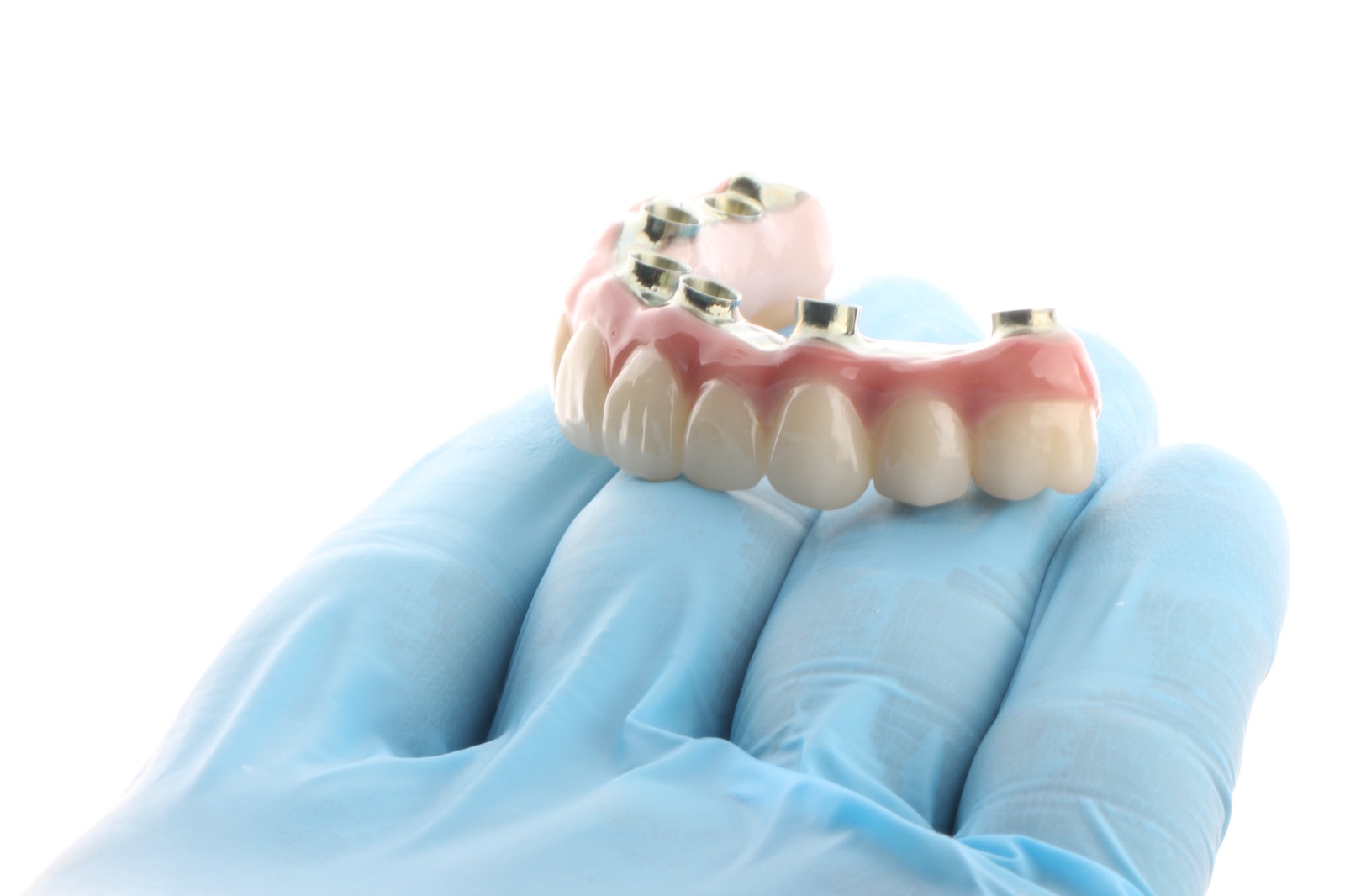Traditionally, dental implant procedures have required a lengthy healing process, during which patients may have to continue their lives without teeth. However, in recent years, there have been advancements and innovations in the field of dentistry that have led to improvements in this process.
Firstly, digital planning software and 3D scanners provide significant advantages to dentists during dental implant procedures. These technologies assist in determining the optimal placement of implants and allow for pre-operative digital simulation and planning. This ensures more accurate implant placement and can positively impact the healing process.
Additionally, the use of 3D printers has made it possible to create immediate fixed prosthetics on implants. This method allows patients to have an aesthetic and functional prosthesis immediately after implant placement, eliminating the need to live without teeth. As a result, the time patients spend coping with tooth loss during the healing process is reduced.
New-generation prosthetic materials have also brought significant advancements in the durability, aesthetics, and functionality of prostheses placed on implants. These materials provide a more natural appearance and sensation, enabling patients to comfortably continue their daily activities. These technological advancements and innovations have made dental implant procedures more tolerable for patients.
See Also:




